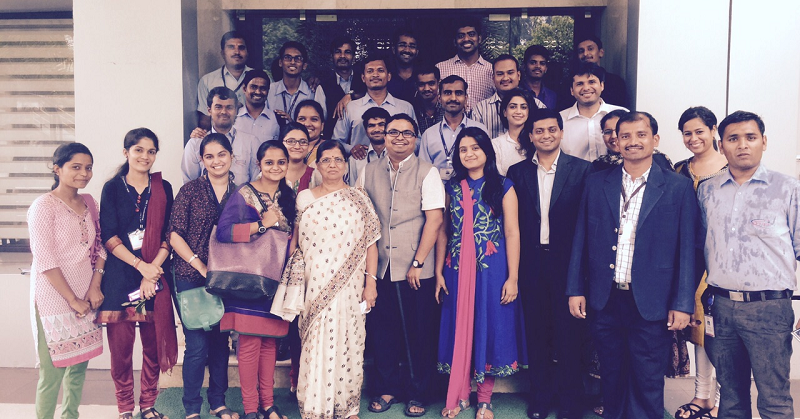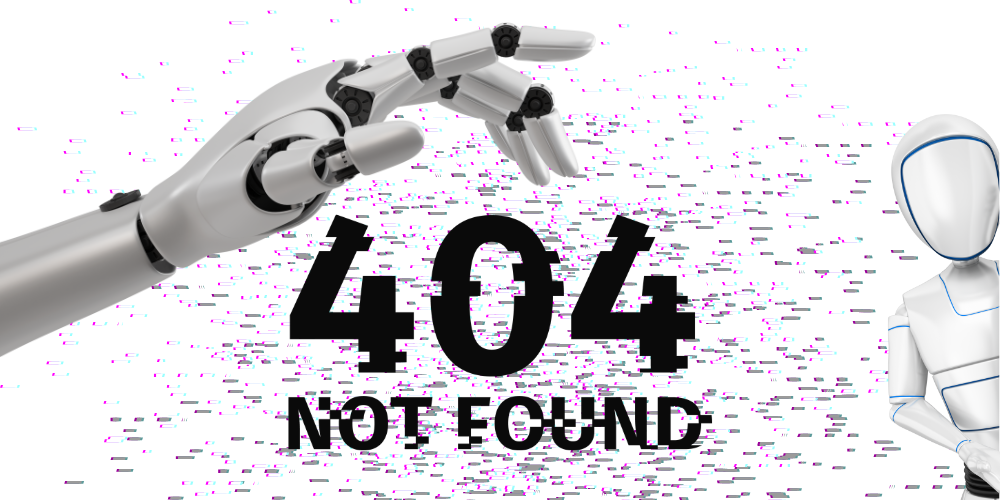How this 28 year old is fueling the dreams of 8.8L students from underserved communities of India
When Ketan Deshpande met Late Dr. Abdul Kalam for the first time, he said to Ketan, “Counsel one lakh students and meet me.” Achieving the feat, Ketan went back and the response he got from Dr. Abdul Kalam was, “Counsel five lakh students and meet me.” In the third meeting the number shot to one crore students.

Ketan couldn’t meet the missile man after that, but the words kept ringing in Ketan’s ears with the aim clear – keep amplifying the impact, there is just no stopping.

Ketan founded FUEL (Friends Union for Energising Lives), a non-profit organization, in 2007. This organisation aims to help rural and urban students from low-income group communities by providing access to information, training, and opportunities. He lives by the phrase ‘catch ‘em young’. FUEL’s intervention programmes start when these students are 13–14 years old.For his outstanding work in the field, Ketan was awarded the Ashoka Fellowship in 2013.
The rise of the student entrepreneur
Ketan was raised by his mother, a judge. They moved cities every three years. Moving every three years meant searching for schools and deciding which classes to take; a continuous challenge because of the lack of information about the education system in small, rural towns where his mother would often be posted. In 2004, they moved to Pune. He thought moving to Pune, a well-developed city, would end his agony, but he was in for a rude shock.
I had finished high school and had to decide what courses to take, which colleges to go to, etc. Pune being a major educational hub in Maharashtra, I expected to easily learn about different educational institutions and the courses they offered. However, I soon realised that poor information and access to higher education was not limited only to rural or small towns in India, but an issue in major cities as well.
Ketan graduated with a degree in sociology from a college in Pune. Sometime during college, the entrepreneur bug bit him. There were colleges that offered courses in entrepreneurship, but there was no comprehensive way for a student to look for courses they wished to pursue. Frustrated with his personal experience of lack of access to information and guidance, Ketan knew that every student in India suffered from similar issues. This is when he came up with the idea of FUEL in 2006. He mobilised students from his class, using their collective experiences to compile information, first about colleges and popular courses in Pune, then expanding to cities in the state. Although Ketan managed to successfully graduate as a meritorious student, he hardly remembers attending classes, and says his real education happened while establishing FUEL. In doing so, he learned to fundraise, mobilise and lead team members, market his organisation, and reach out to more students.
A deeper look at the education-information gap
Drawing from his team’s research data, Ketan says that only seven per cent of students who finish high school in India’s rural areas pursue higher education, primarily because they are not aware of the opportunities that exist, cannot afford them, or do not have the exposure and soft skills necessary to launch successful careers.
He adds, “On the other hand, India has the third largest highest education market in terms of student numbers, after China and the US. Twenty per cent of college seats in India remain vacant due to a lack of suitable student applicants. It is estimated that the percentage of readily employable Indian college graduates is only 15–25 per cent of the total talent pool.”
However, there is no system connecting high-school students to the higher education and job markets, especially schools in low-income group communities. Most Indian parents traditionally prefer their children to study medicine, engineering, or law, despite the existence of several other growing sectors of work with less competition and a better chance of attaining a job. In addition, colleges have different kinds of exams, each with different content and testing strategies requiring focused preparation. This means students and their parents need to make significant career choices two years before students graduate from school. Often the first generation of learners in their families, many low-income students do not receive appropriate guidance in making such life-changing choices.
The answer? Information, freely available to all students, right from the standard VIII onwards.
FUEL-ing the solution
By 2007, FUEL was formally registered and began operations in full swing. The team toiled hard to build a credible database of information on higher education and career opportunities. A team of field workers began reaching out to students in standard VII and VIII in rural public schools to conduct career assessment tests and career counseling sessions. Once a student identifies an opportunity or career goal, FUEL supports them through targeted alerts and his/her parents about admission processes, forms, entrance examinations, scholarships, 24-hour helpline, which offers one-on-one mentoring, and even a basic skill training. FUEL handholds the young student from the academic sphere to the professional one.

As rural students cannot afford these services, fees is charged to schools, which accounts for 20 per cent of FUEL’s revenue. The other 80 per cent comes from the government, individual grants, and CSR, with CSR contributing to the lion’s share with 70 per cent.

FUEL signs contracts with the sponsors/partners based on the number of students to be trained and counseled in respective geography.

The organisation also has two magazines – Student’s FUEL and Entrepreneur FUEL. The former is eighth edition and serves as a guide to students, detailing various career options, scholarships, education courses, and related information. It includes innovative career mapping and aptitude exercises, literature for entrance exams, case studies, and job profiles of various occupations.The latter is for young entrepreneurs, innovators, and change-makers who want to create an impact. The magazine provides recommendations and resources to find funding, mentorship, partners, etc.
Collaborations and impact
FUEL won the NSDC (National Skill Development Corporation) Skill Innovation Challenge 2014 and is a regular fixture at all Action for India (AFI) Summits. FUEL is also collaborating with various organisation to attain impact – Deshpande Foundation, Ek Soch Sandbox, Ashoka Foundation, Swades Foundation, UnLtd India, The Global Education and Leadership Foundation (tGELF), etc., to name a few.
Ketan adds, “Spending time in knowing influencers and social entrepreneurs is important. These are folks who will help scale, save time reinventing the wheel, and solve common challenges through shared learning.”
FUEL is currently active in 11 Indian states and the impact has been gargantuan. Ketan tells us that they’ve trained over 8,80,000 students from 2,700 schools and colleges. Forty-eight per cent of their students get scholarships. Seventy per cent of the students enrolled in their programme don’t drop out from school/college. The number of application for entrance exams has increased by 30–50 per cent and there is a dip by 28 per cent in the number of applications rejected.
On a voyage
Despite being limited by technology, resources, and capital, Ketan tells us that building a team, attaining scale, and leveraging technology can be a challenge when it comes to social entrepreneurship.
He adds that government attention and recognition doesn’t come in early as well. In spite of this, he is chugging along with the dream of reaching out to students from underserved communities in all 29 states of India!











